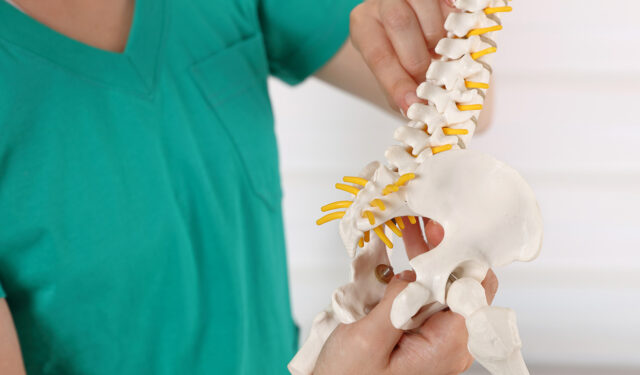Acupuncture and Dry Needling
Acupuncture has long been used in China as a means to treat disease and has in recent years seen significant growth and acceptance by conventional western medicine.
Coccydynia The coccyx or the tailbone is a small bone at the end of the sacrum, which is part of the pelvis. It is sometimes the source of severe and disabling pain.
Coccyx pain is referred to medically as coccydynia. Coccydynia is often associated with falling on your behind or other events such as giving birth, but in many cases there are no obvious reasons. Quite often pain is referred from the sacroiliac joints, pelvic muscles and the lower back. It is therefore important to have a proper examination to determine why the pain is there and where it is coming from.

Want to know more? Request a Callback
Or give us a call, to find out how we can help you with Coccyx Pain and Chiropractic treatment.
Book an Appointment
Schedule an appointment for Coccyx Pain and Chiropractic treatment tailored to your needs.
Sometimes the pain is due to an unstable coccyx. You have a joint between the coccyx and the sacrum, which can be sprained.
If this joint is unstable you may sprain it every time you sit down, hence recurring and chronic pain. When you have coccydynia it is especially painful to sit down.
The history can give a clear indication of what the cause is but that is not the case for every person. The first aim for the chiropractor is to find out if chiropractic treatment is appropriate for you. It is therefore often necessary to take x-rays or even MRI-scans to rule out more sinister causes of pain.
Dynamic x-rays are often very useful in order to rule out a dislocating coccyx, which can account for as many as 50% of the cases of pain from the coccyx.
The chiropractor would also palpate the coccyx and related muscles from the outside to determine if there is any localised tenderness on or around it. In some cases it might be necessary to do this internally.
The chiropractor will also examine related areas such as the pelvic joints and the lumbar spine.
The chiropractor would take two X-rays, one sitting and one standing. Comparing the X-rays shows whether your coccyx moves more than normal when you sit down.
Flexion greater than 25-30 degrees represents a hypermobile coccyx.
It is very rare to have instability in extension, but movement greater than 15-20 degrees is a sign of instability.
In about 40-50% of the cases, the dynamic X-ray examination fails to demonstrate a problem.
In these cases with normal x-ray films the diagnosis is “idiopathic” coccydynia and the pain may be related to different problems such as:
When there is no obvious problem on the x-ray films, careful palpation is the only way to determine where the pain is coming from.
Other causes of coccydynia include infections and tumours, but thankfully they are very rare.
Coccydynia is related to coccygeal instability in almost half of the cases.
The diagnosis can be documented with dynamic X-ray films, which will show evidence of hypermobility.
Many times the coccydynia is due to referred pain from the lumbar spine, pelvic joints (sacoiliac joints) and related musculature.
An accurate diagnosis is important in order to direct the most appropriate treatment.
Certain conditions are not suitable for chiropractic treatment and we will then refer you to your GP.
An excellent website for more information on coccydynia is www.coccyx.org.
If you want to discuss this further with a Chiropractor please contact us here.